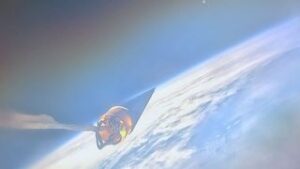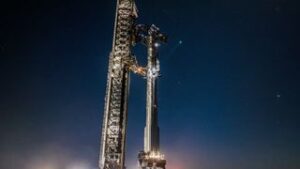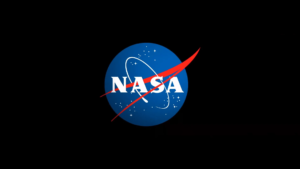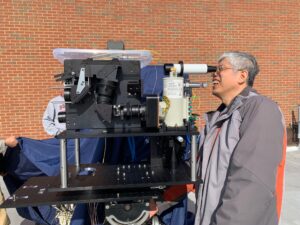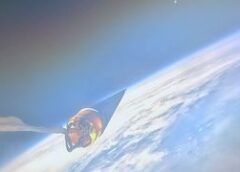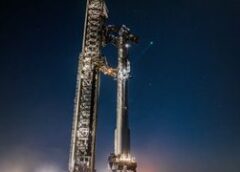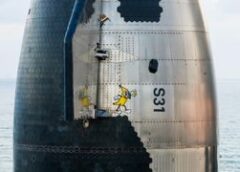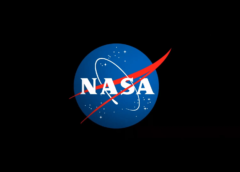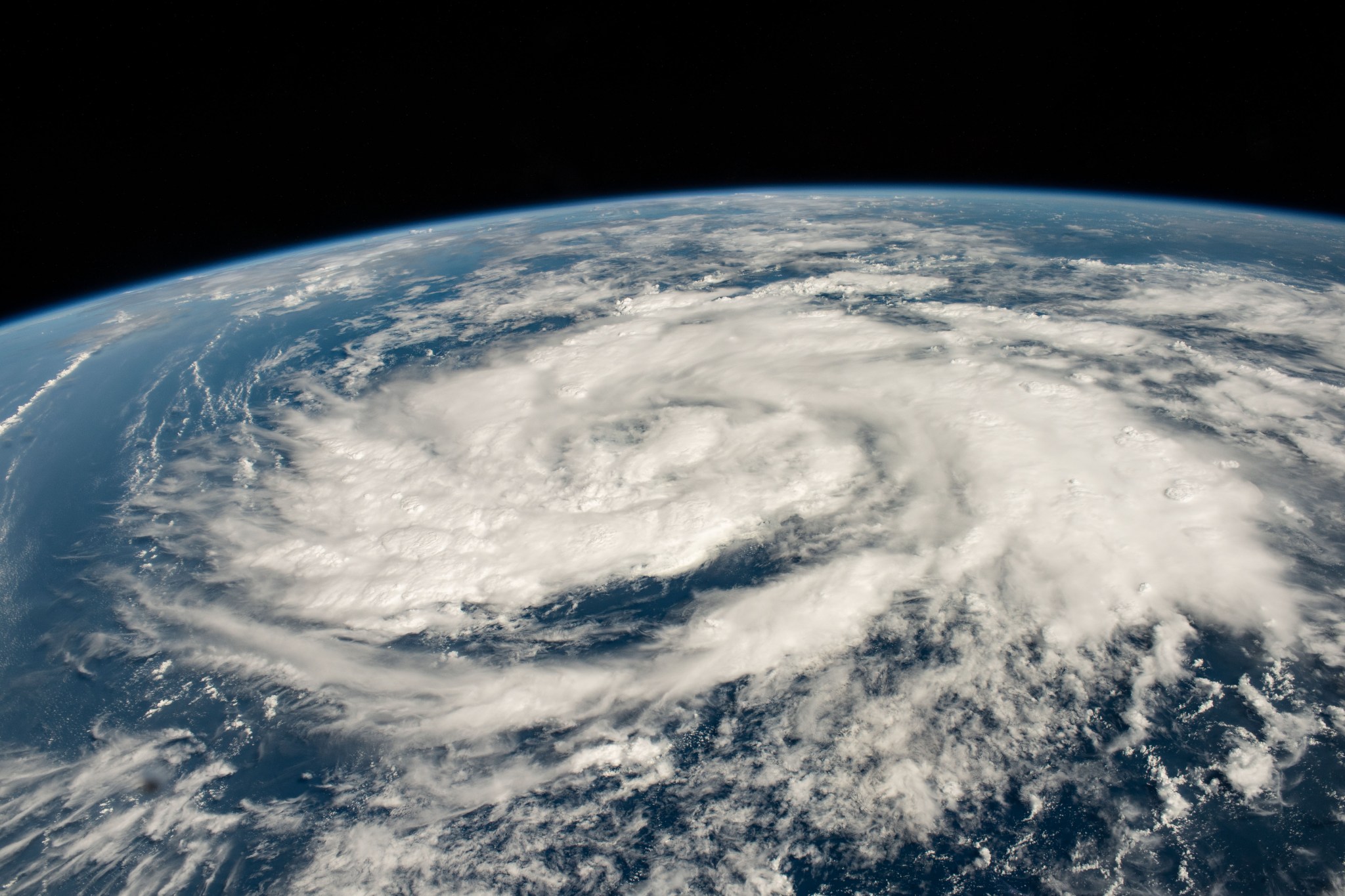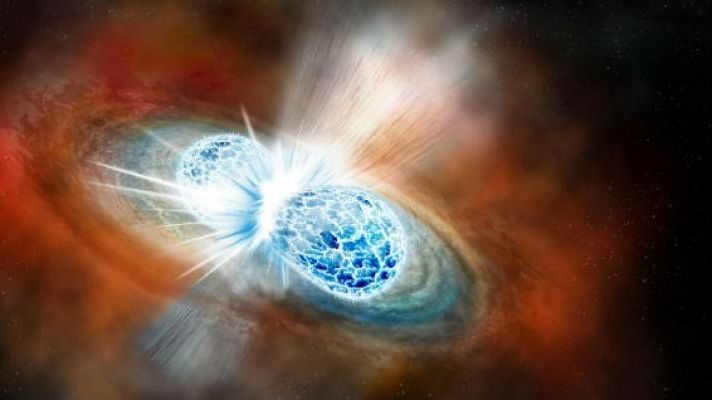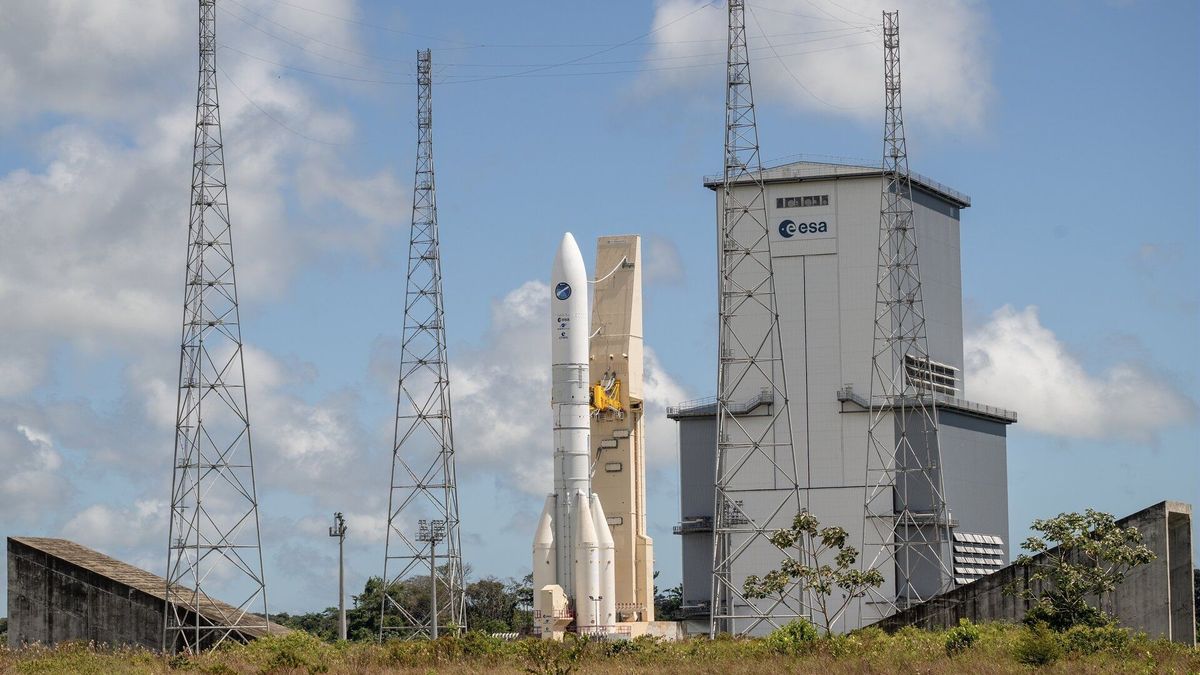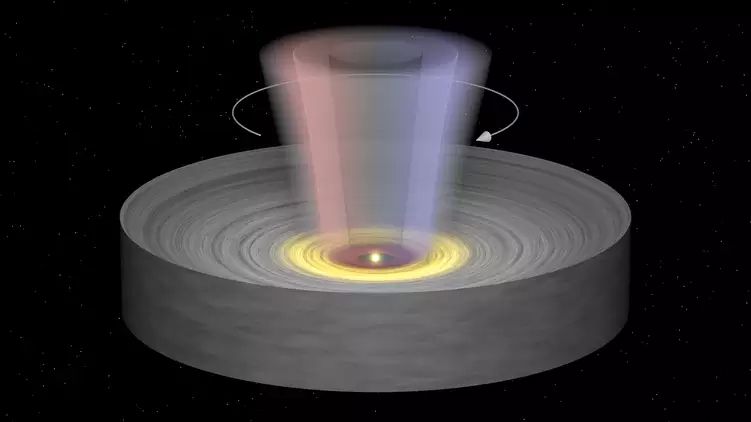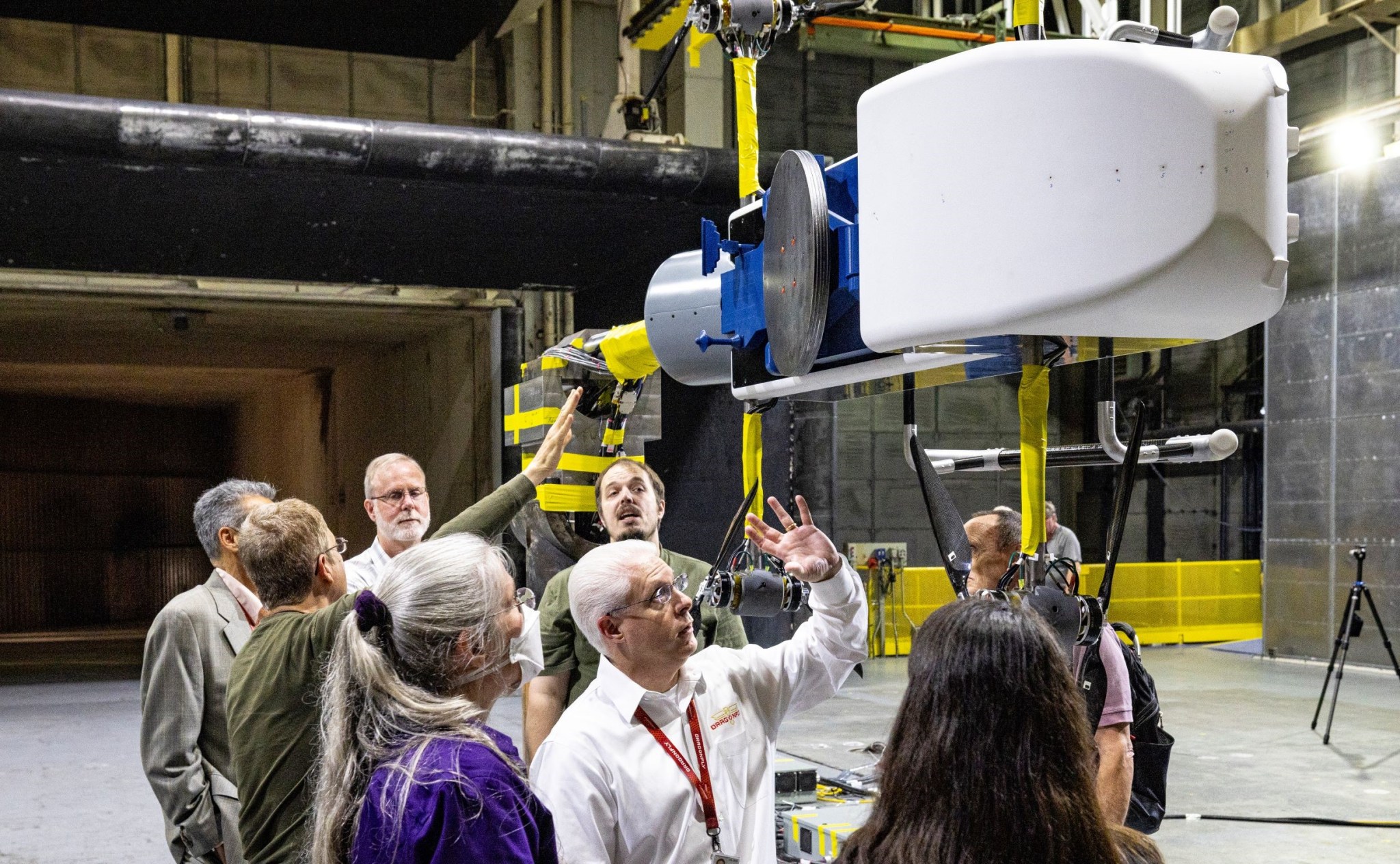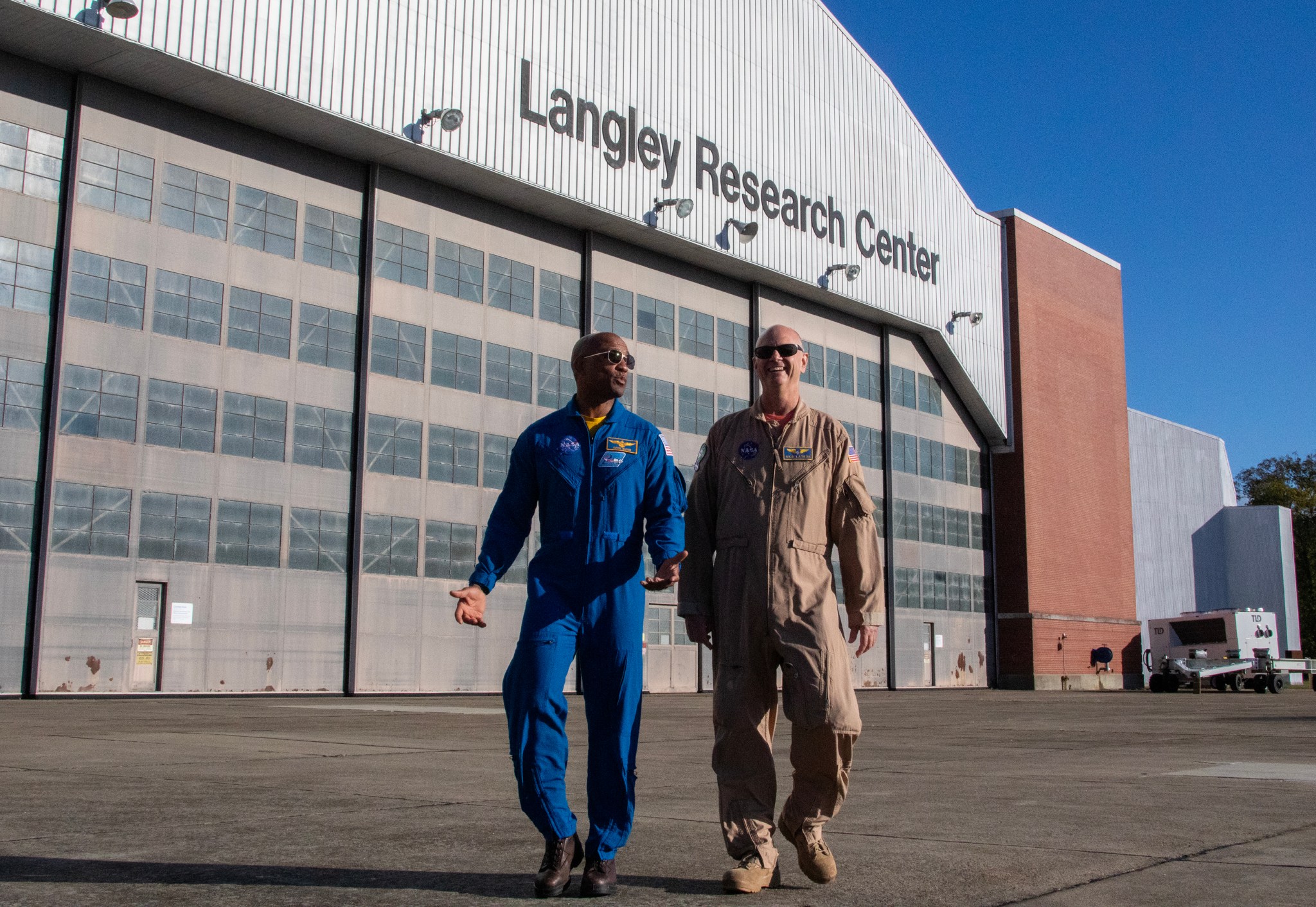A storm is pictured in the Arabian Sea less than 700 miles off the coast of Oman as the International Space Station orbited 260 miles above.
Read MoreIV&V Program’s Orion Team Receives Space Flight Awareness Award
FAIRMONT – The NASA Independent Verification & Validation Program’s Orion Team received an award for their contributions to the Artemis I Mission during a ceremony hosted at the I-79 Technology Park, in Fairmont. The Goddard Space Flight Center (GSFC) Space Flight Awareness (SFA) Award Ceremony is an annual event recognizing employees and teams who have made strides in their role in promoting astronaut safety and mission success. Members of the IV&V Orion Team took home the team award for significant contributions “to improving the quality, reliability, and safety of the…
Read MoreObserving Storms from the International Space Station
A storm is pictured in the Arabian Sea less than 700 miles off the coast of Oman as the International Space Station orbited 260 miles above. NASA / Jasmin Moghbeli While the International Space Station orbited 260 miles above Earth on Oct. 20, 2023, astronaut Jasmin Moghbeli snapped this image of a storm in the Arabian Sea, less than 700 miles off the coast of Oman. In addition to photographing our planet from the space station, NASA also observes Earth with satellites. These satellites collect data on storms that scientists…
Read MoreWhat happens when neutron stars collide? Astronomers may finally know
Scientists have used advanced computer modeling to determine the shape of a kilonova, an emission of light that follows the collision and merger of two neutron stars. Extraordinarily, the team discovered that rather than being shaped like smooth, homogeneous spheres or flattened, disk-like explosions, the kilonovas they simulated were filled with “blobs,” or “bubbles.” “This is a significant step forward in the theoretical understanding of what’s going on in neutron star mergers,” Stuart Sim, co-author of a study on the findings and a physicist at the University of Belfast, told…
Read MoreEurope’s new Ariane 6 rocket will undergo crucial engine test fire in November
Europe has set a new date for a key long-duration static-fire test needed to get the new Ariane 6 rocket ready for launch. The Ariane 6 test article rocket will fire its Vulcain 2.1 engine for a full eight minutes (470 seconds), representing the entire flight phase of the core stage. The test will occur sometime in November 2023 at Europe’s spaceport in Kourou, French Guiana, the European Space Agency (ESA) said in a statement on Oct. 19. Another test designed to rehearse launch procedures including engine ignition is…
Read MoreA star is born! How cosmic winds are a key step in stellar formation
Astronomers have discovered an important step in star formation, hitherto unknown, that could save infant stars from ripping themselves apart. The rescue mechanism is associated with “cosmic winds” that blow around clouds of gas and dust — and it’s these clouds that eventually collapse to form hot and dense stellar bodies. Plus, the clouds manage to slow these forming stars’ spins. A team of scientists, led by researchers from the Max Planck Institute for Astronomy arrived at this conclusion by making radio wave observations of a young star in a…
Read MoreDr. Natasha Schatzman Receives the Vertical Flight Society (VFS) 2023 Francois-Xavier Bagnoud Award
1 min read Dr. Natasha Schatzman Receives the Vertical Flight Society (VFS) 2023 Francois-Xavier Bagnoud Award Dr. Natasha Schatzman, NASA Ames Research Center NASA / Dominic Hart In May 2023, Dr. Natasha Schatzman received the Vertical Flight Society Francois-Xavier Bagnoud Award for her vertical flight research at NASA Ames Research Center. This annual award is given to a VFS member who is thirty-five years old or younger for outstanding contributions to vertical flight technology. The award announcement notes that Dr. Schatzman “was recognized for outstanding vertical lift research (internationally recognized…
Read MoreNASA’s Dragonfly Tunnel Visions
5 min read NASA’s Dragonfly Tunnel Visions Dragonfly Team Utilizes Unique NASA Facilities to Shape Its Innovative Titan-bound Rotorcraft Dragonfly team members review the half-scale lander model after it underwent wind tunnel testing at NASA Langley Research Center in Hampton, Virginia. Pictured are (from left) Art Azarbarzin, Juan Cruz, Wayne Dellinger, Zibi Turtle, Chuck Hebert, Ken Hibbard, Bernadine Juliano and Bruce Owens. Johns Hopkins APL/Ed Whitman With its dense atmosphere and low gravity, Saturn’s moon Titan is a great place to fly. But well before NASA’s Dragonfly rotorcraft lander soars…
Read MoreHow astronaut Thomas Pesquet captured the planet in ‘The Earth in Our Hands’
Flipping through his new book of more than 200 photographs of Earth, or, if you are determined, the more than 245,000 images he took during his second mission aboard the International Space Station, you get the sense that Thomas Pesquet thoroughly captured the planet. In “The Earth in Our Hands: Photos from the International Space Station,” Pesquet, a French astronaut with the European Space Agency (ESA), curates his favorite views of our home world, showcasing its varied landscapes of both natural and human-made features. With a familiarity that only an…
Read MoreNASA Test Piloting Legends Reunite
1 min read NASA Test Piloting Legends Reunite Former flight test instructor and current NASA test pilot Nils Larson reunited with former student and current astronaut Victor Glover on Oct. 21 during an open house at NASA’s Langley Research Center in Hampton, Virginia. NASA / Dave Bowman Nils Larson, aerospace engineer and test pilot for NASA’s X-59 aircraft, met up with his former student, Artemis II astronaut Victor Glover, on Saturday, Oct. 21 during an open house held at NASA’s Langley Research Center in Hampton, Virginia. The pilots originally met…
Read More